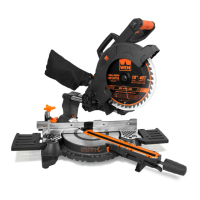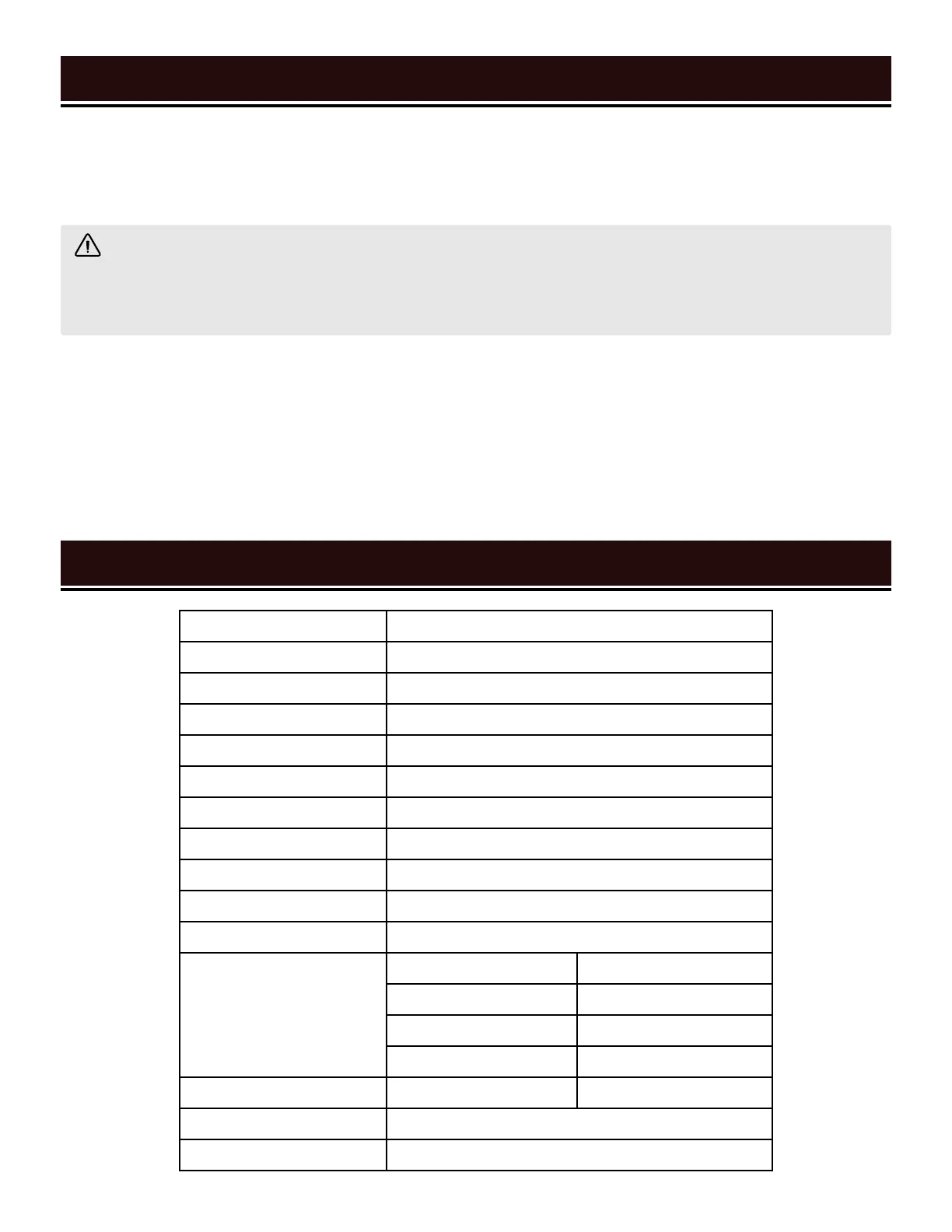INTRODUCTION
Thanks for purchasing the WEN miter saw. We know you are excited to put your tool to work, but first, please
take a moment to read through the manual. Safe operation of this tool requires that you read and understand this
operator’s manual and all the labels affixed to the tool. This manual provides information regarding potential safety
concerns, as well as helpful assembly and operating instructions for your tool.
NOTE: The following safety information is not meant to cover all possible conditions and situations that may occur.
WEN reserves the right to change this product and specifications at any time without prior notice.
At WEN, we are continuously improving our products. If you find that your tool does not exactly match this manual,
please visit wenproducts.com for the most up-to-date manual or contact our customer service at 1-800-232-1195.
Keep this manual available to all users during the entire life of the tool and review it frequently to maximize
safety for both yourself and others.
SAFETY ALERT SYMBOL: Indicates danger, warning, or caution. The safety symbols and the explanations
with them deserve your careful attention and understanding. Always follow the safety precautions to reduce the
risk of fire, electric shock or personal injury. However, please note that these instructions and warnings are not
substitutes for proper accident prevention measures.
SPECIFICATIONS
3
Model Number MM1011, MM1011T
Motor 120V, 60 Hz, 15A
Laser Type 650nm, <1mW, Class II
No-Load Speed 4500 RPM
Blade Part Number BL1040
Blade Size 10 in. (254mm) TCT
Arbor Size 5/8 in.
Kerf & Teeth 2.4mm, 40T
Miter Table Angles 0° - 45° Left & Right
Bevel Cut Angles 0° - 45° Left
Positive Miter Stops 0°, 15°, 22.5°, 30°, and 45° Left & Right
Cutting Capacity
0° Miter, 90° Bevel 12 in. x 3-1/2 in.
45° Miter, 90° Bevel 12 in. x 2-1/5 in.
0° Miter, 45° Bevel 8-1/4 in. x 3-1/2 in.
45° Miter, 45° Bevel 8-1/4 in. x 2-1/5 in.
Dust Port Adapter Outer Diameter: 2.5 in. Inner Diameter: 2.25 in.
Weight 34.2 lbs
Product Dimensions 17.5 in. x 28 in. x 16.5 in.

